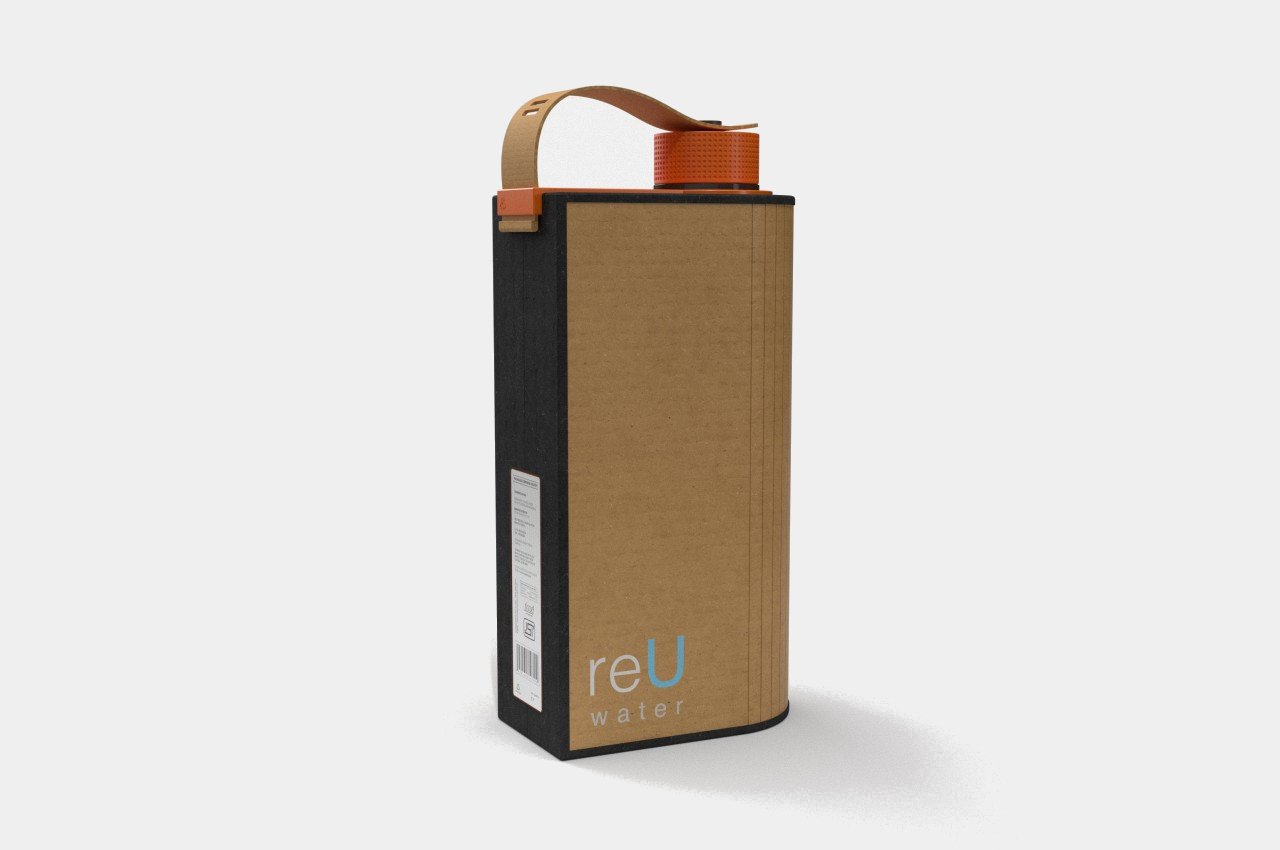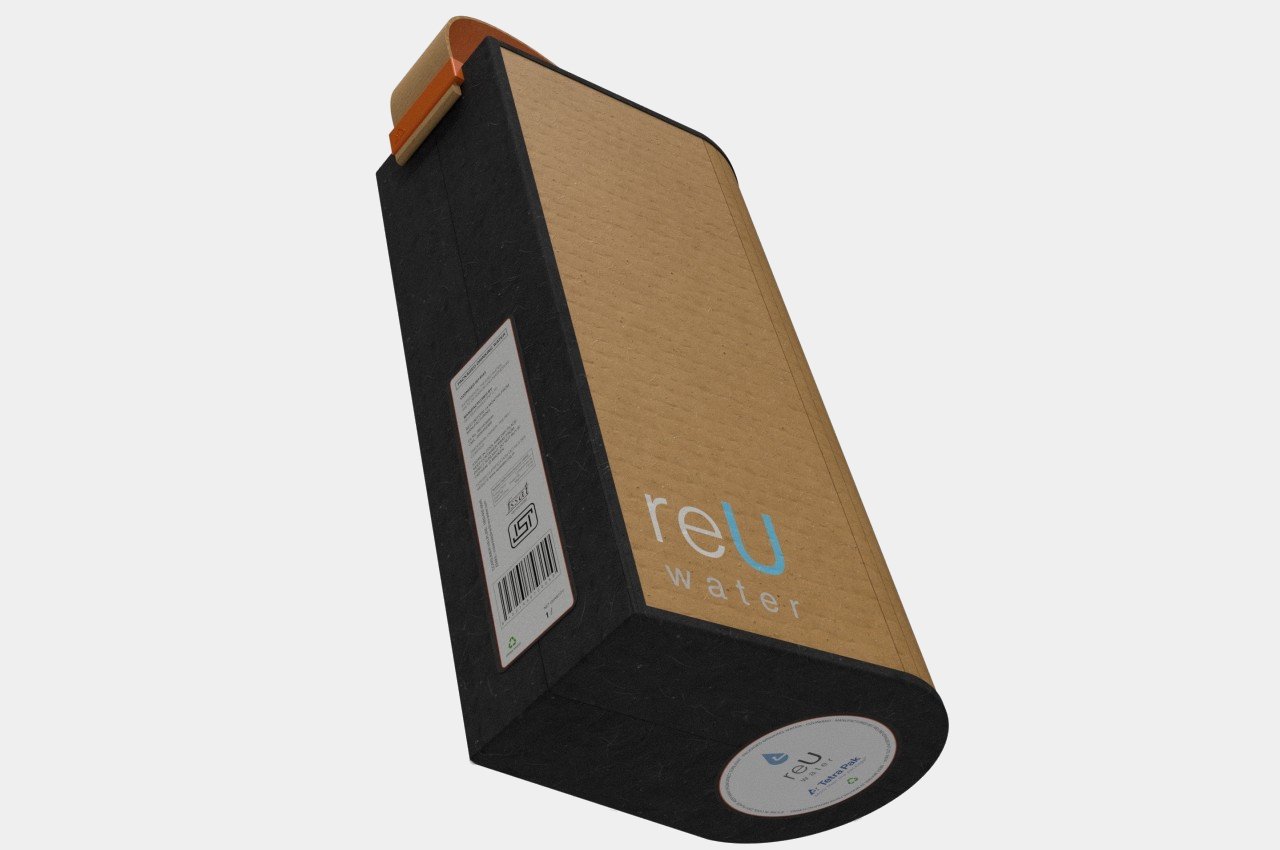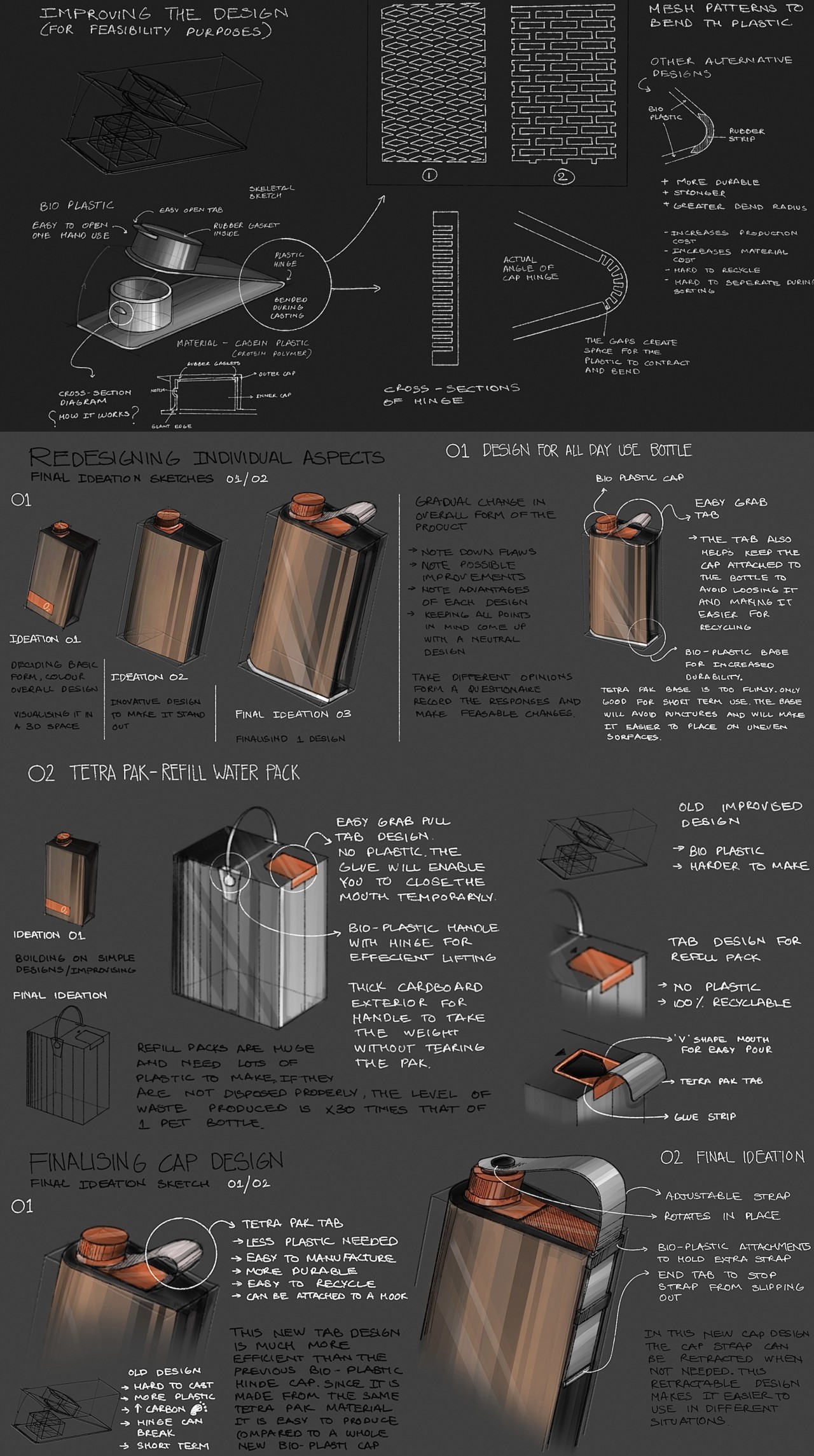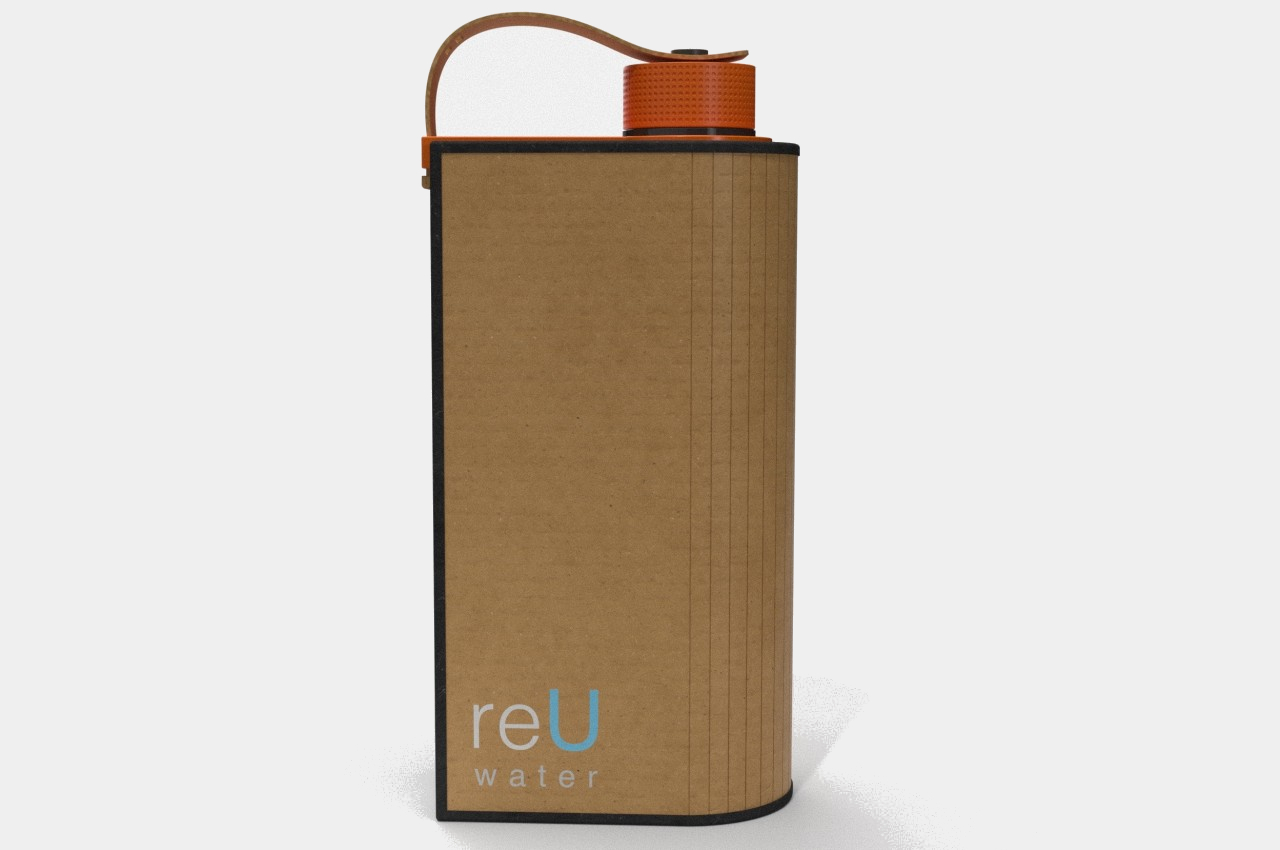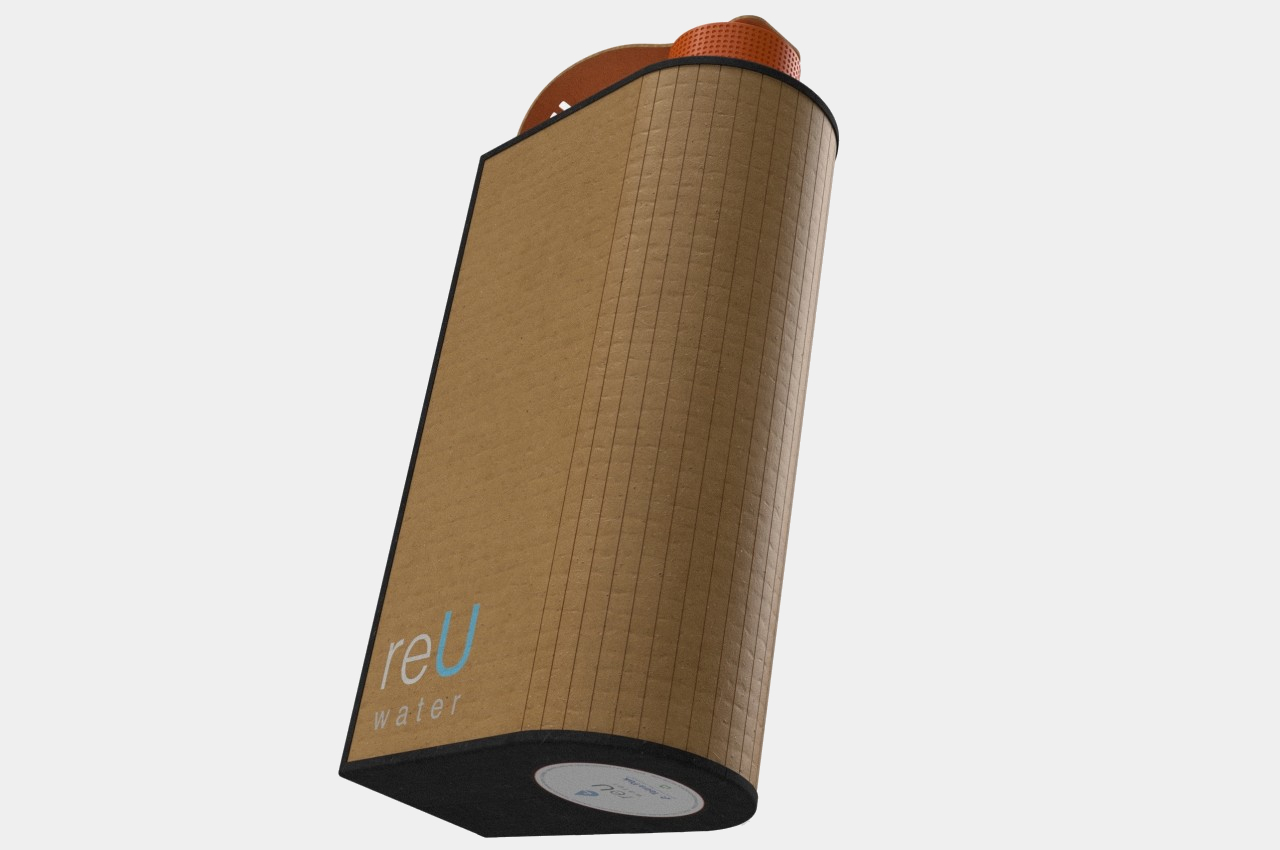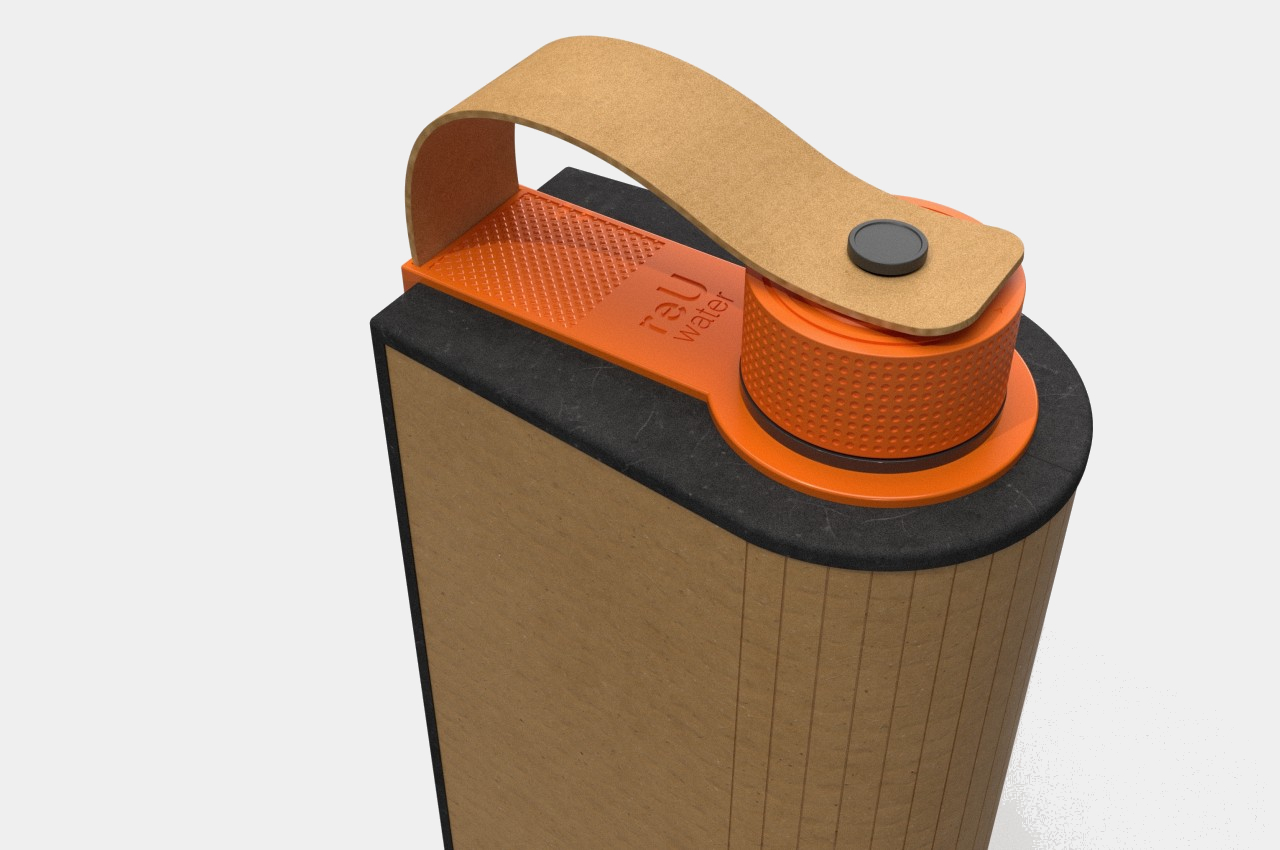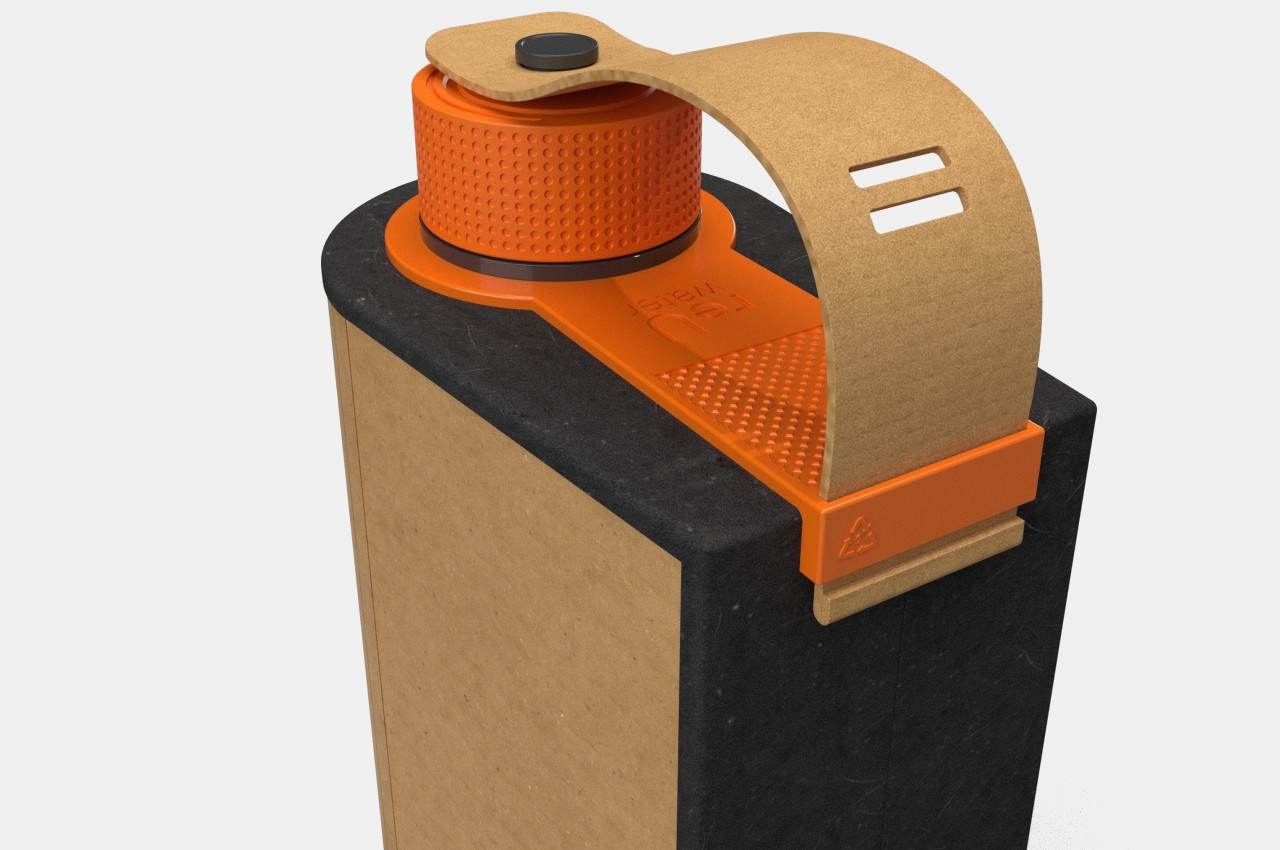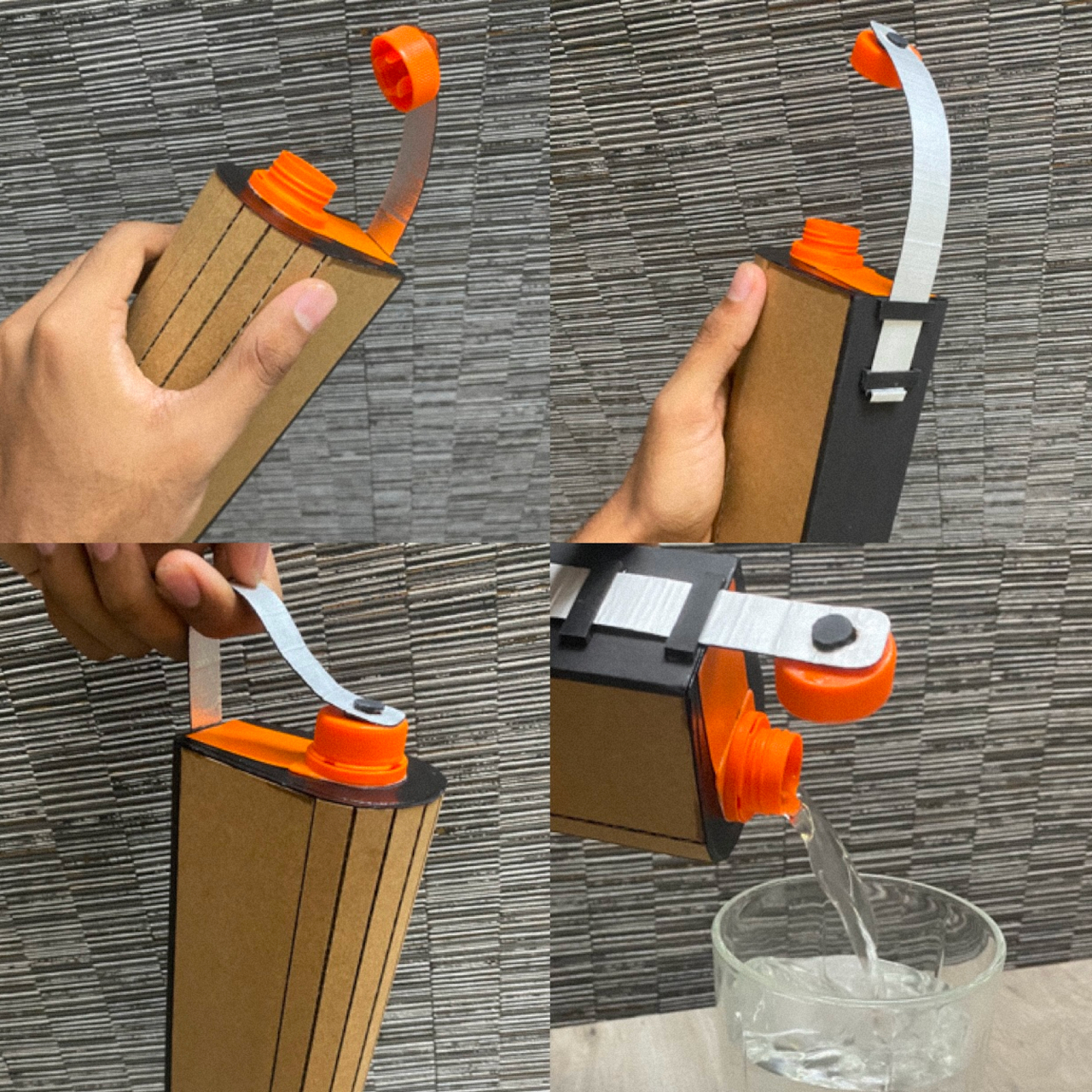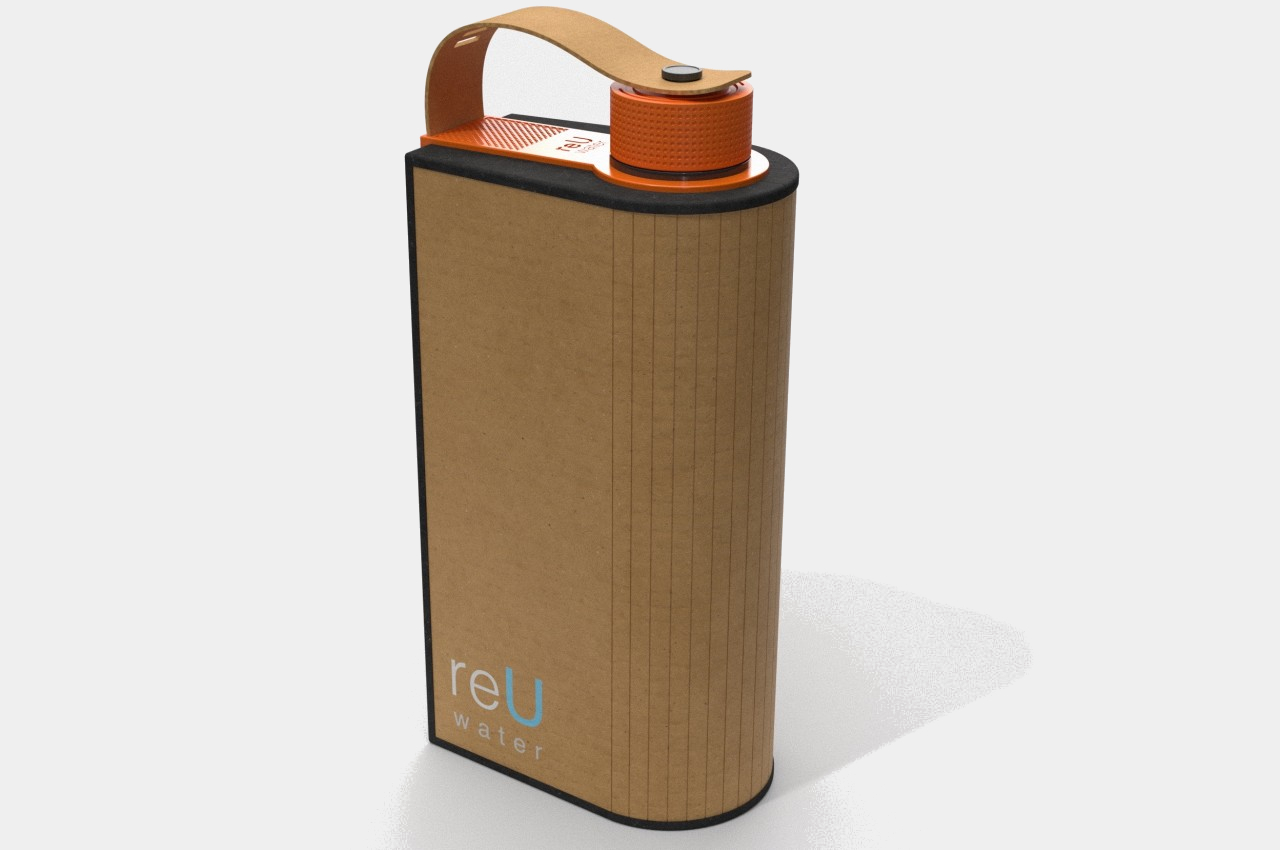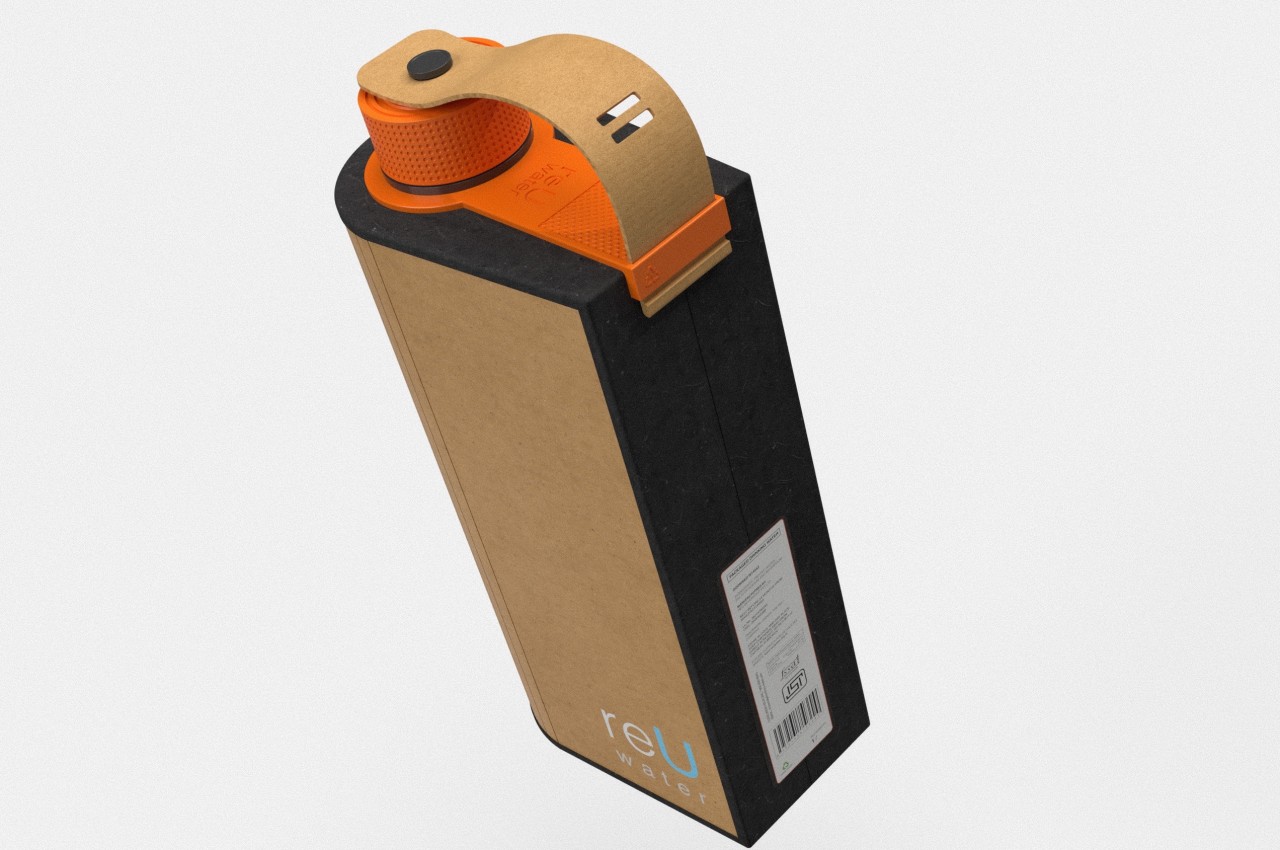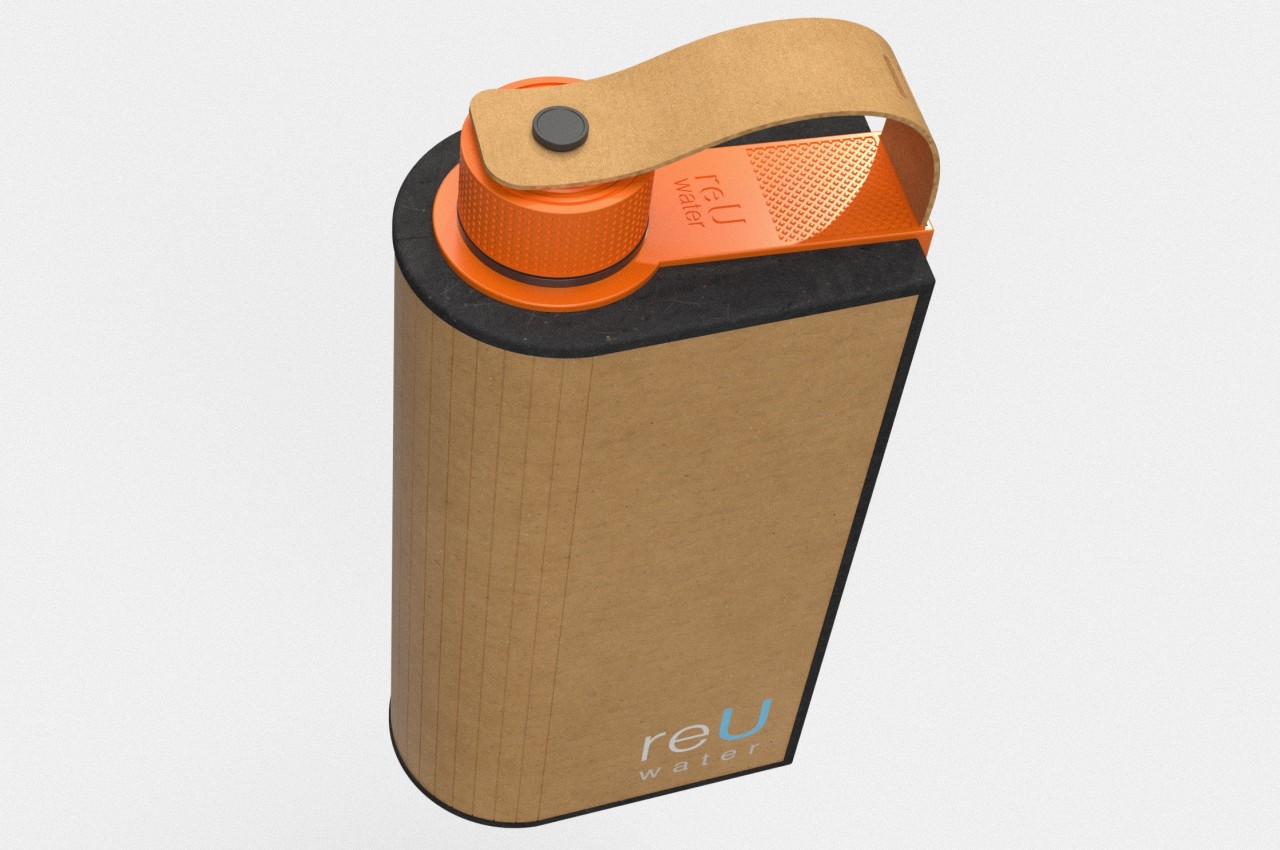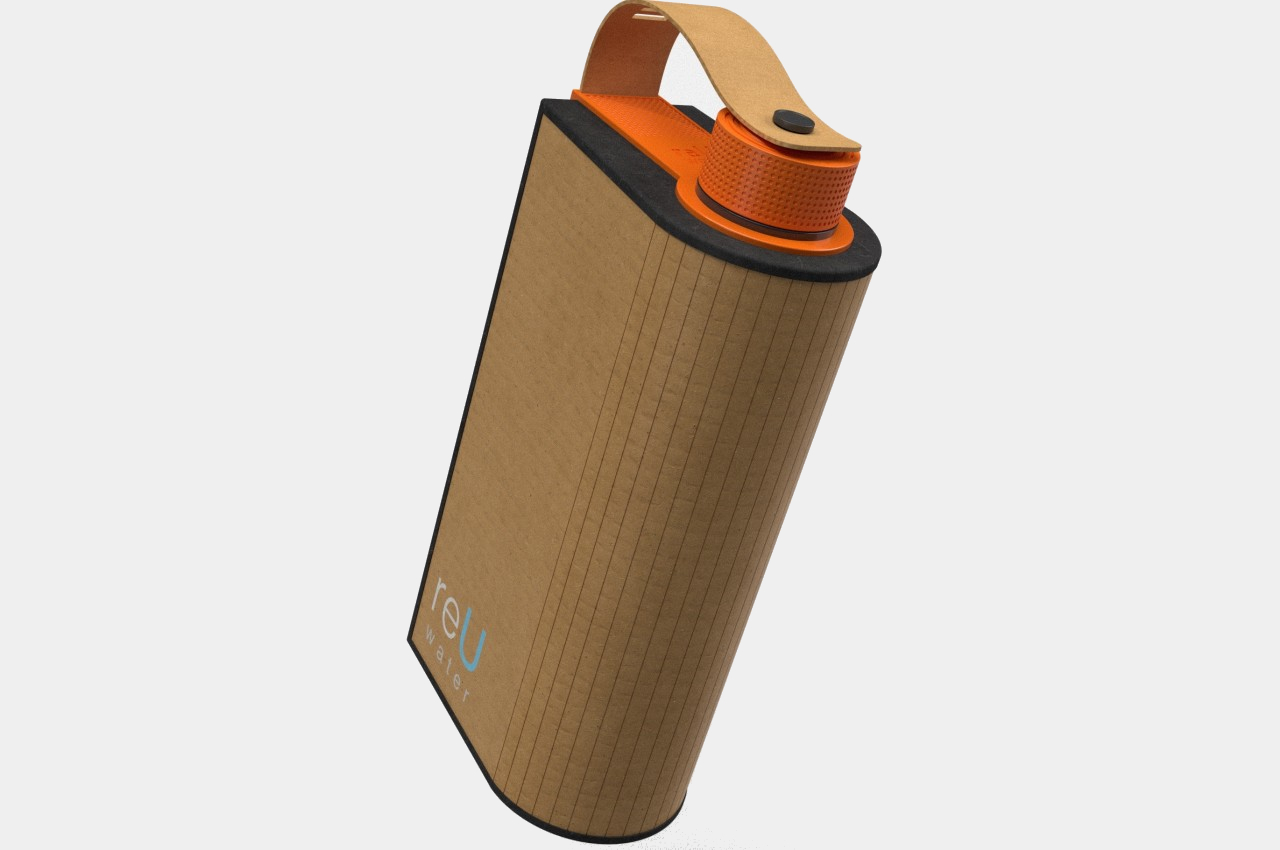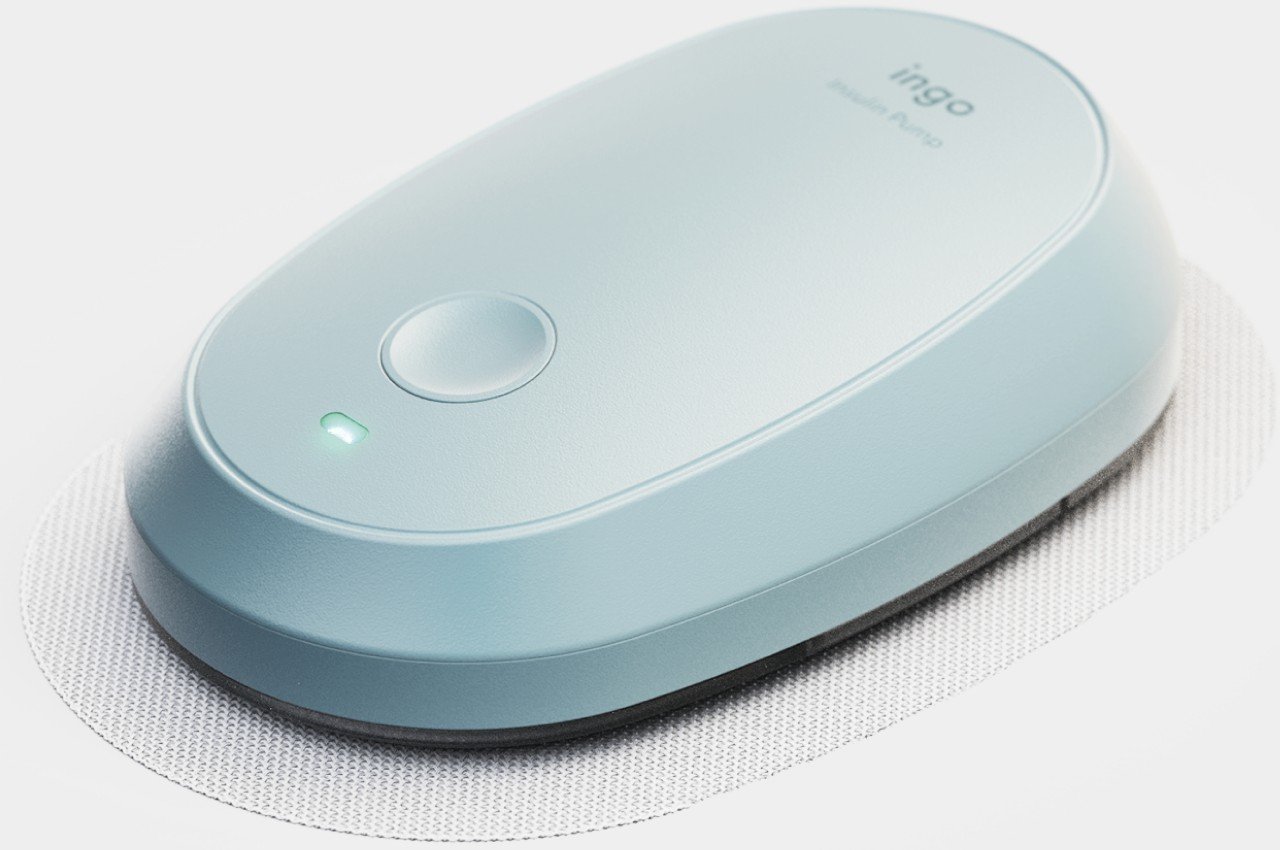
Of the many disorders that afflict people today, diabetes is perhaps the literally most painful one to monitor and maintain. Even with advancements in medical technology, pricking your finger is still the most accurate way to measure blood sugar levels. At the same time, taking in insulin often involves painful and tedious injections. And it isn’t just humans who are hurting from these, but the environment also suffers from all the waste these life-saving tools produce. It’s probably high time to have a glucose monitor and insulin delivery system that is not only painless and convenient but also sustainable, which is exactly what this minimalist-looking device concept is proposing.
Designer: Maxwell Stevens
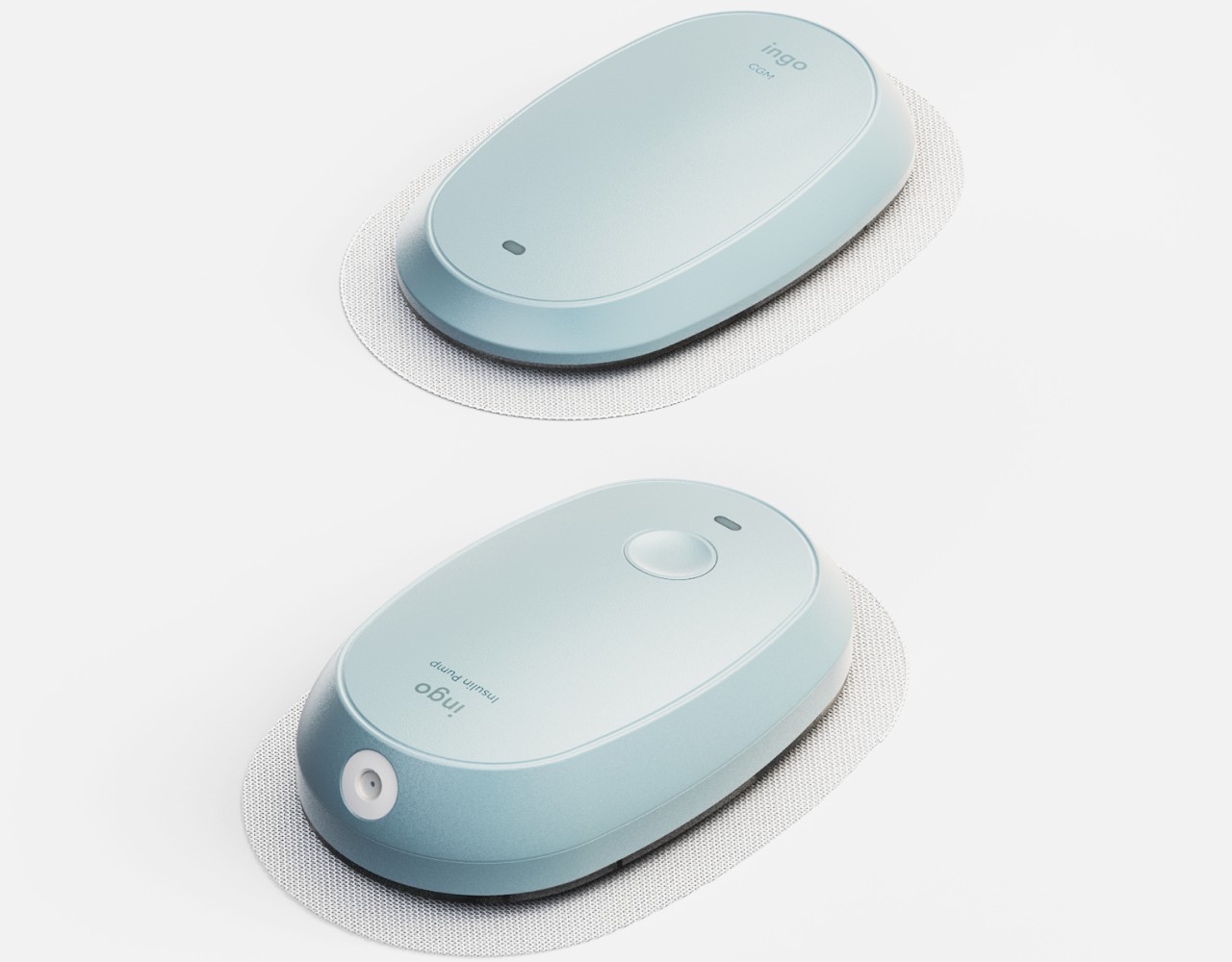
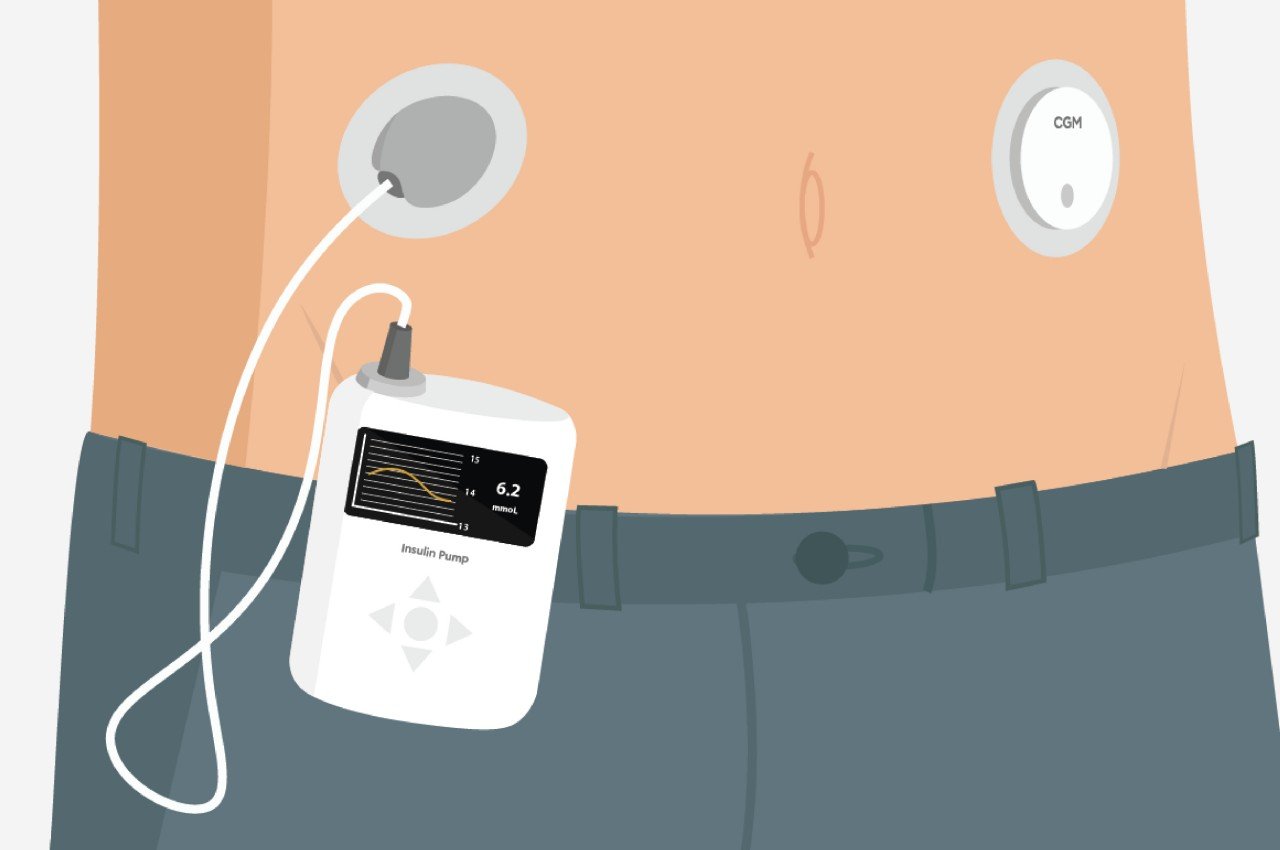
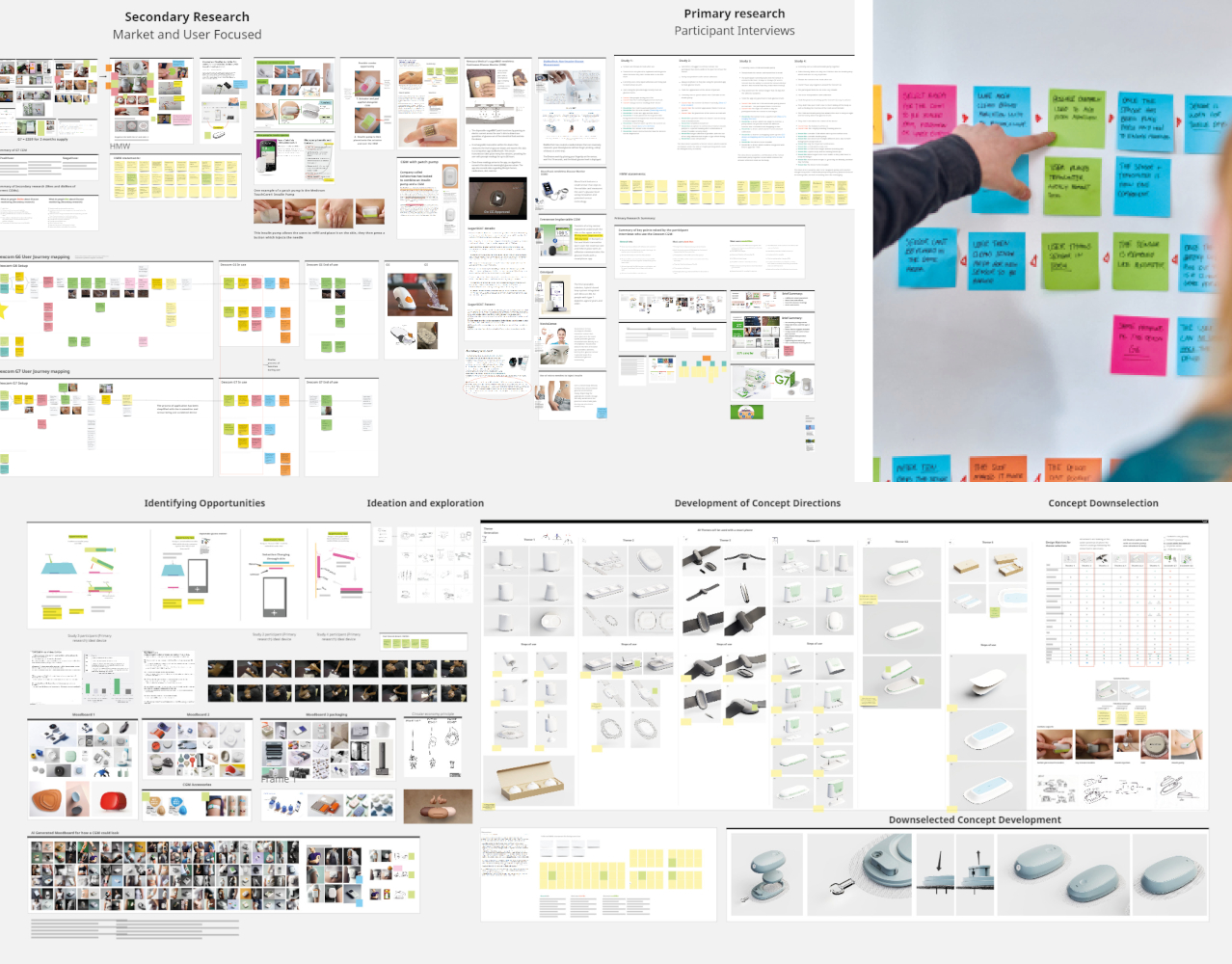
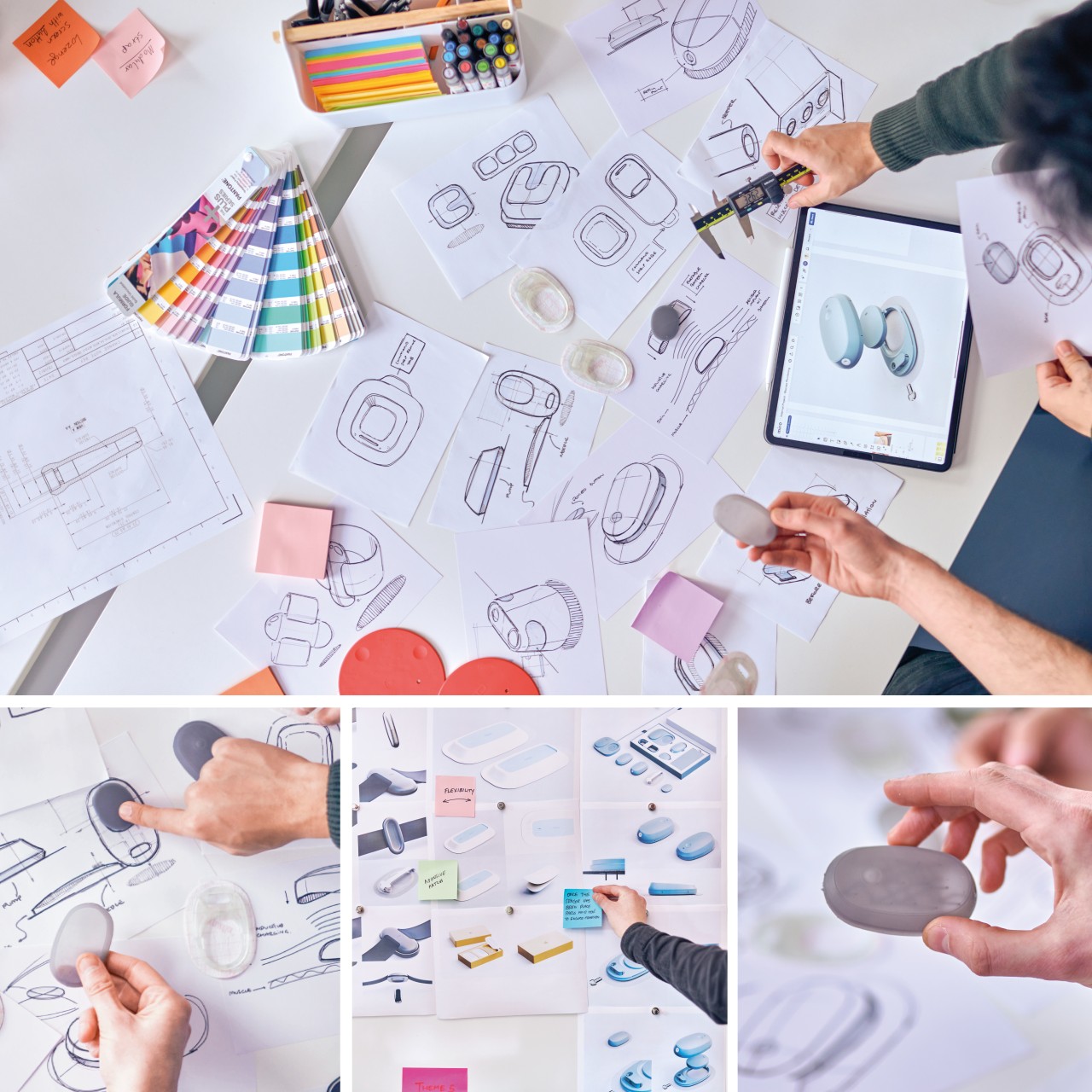
CGMs or Continuous Glucose Monitors are one of the less invasive methods of keeping tabs on your blood sugar levels, though most do require inserting a sensor under the skin that is read by a device that sticks to your body over that site. When it comes to injecting insulin, on the other hand, insulin pumps remove the need to always pierce your skin for every injection, as a needle stays in its position for a day or two before needing to be replaced, unless the pump is one that actually stays on your body and above your skin. If these two devices sound almost related, it’s because they really are, and the Ingo CGM and insulin pump concept actually combines these two functions into a single, reusable, and sustainable device.
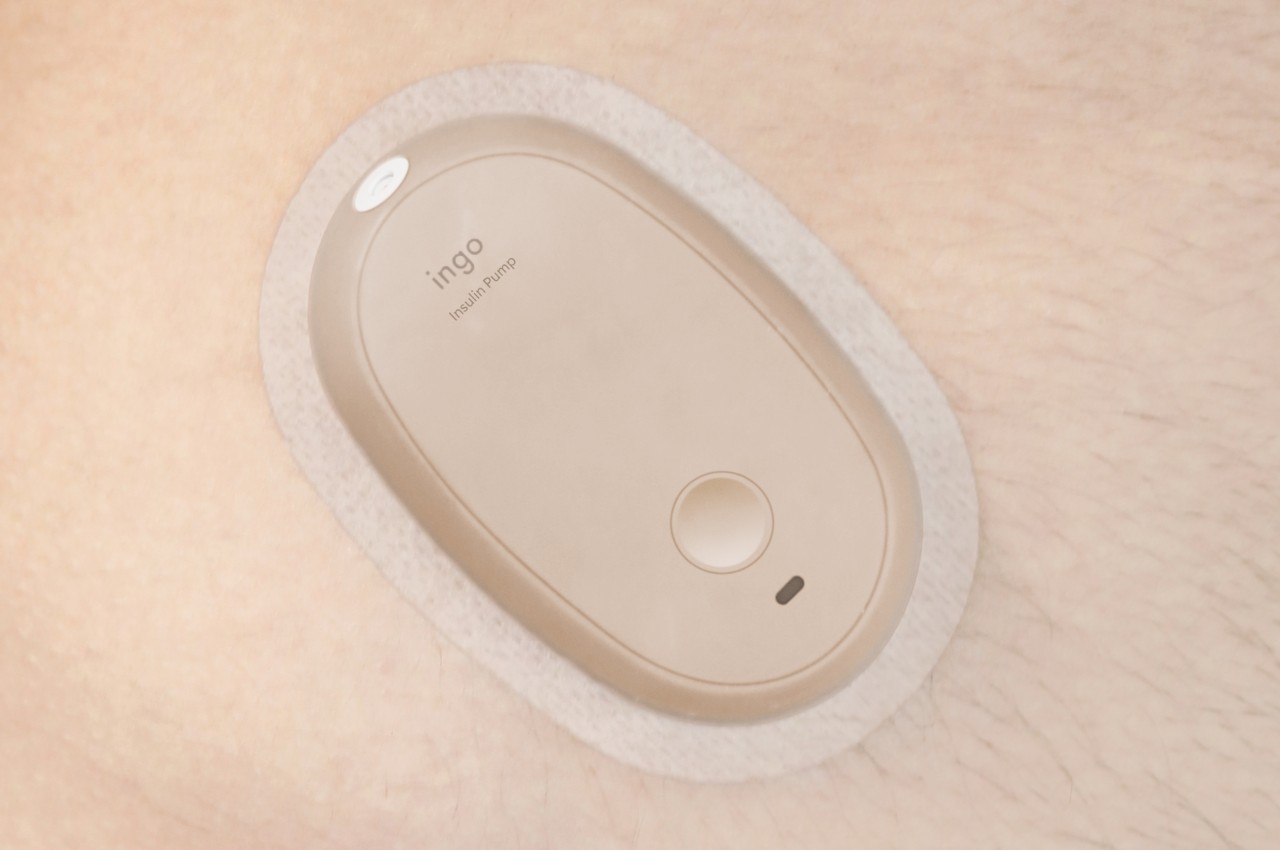
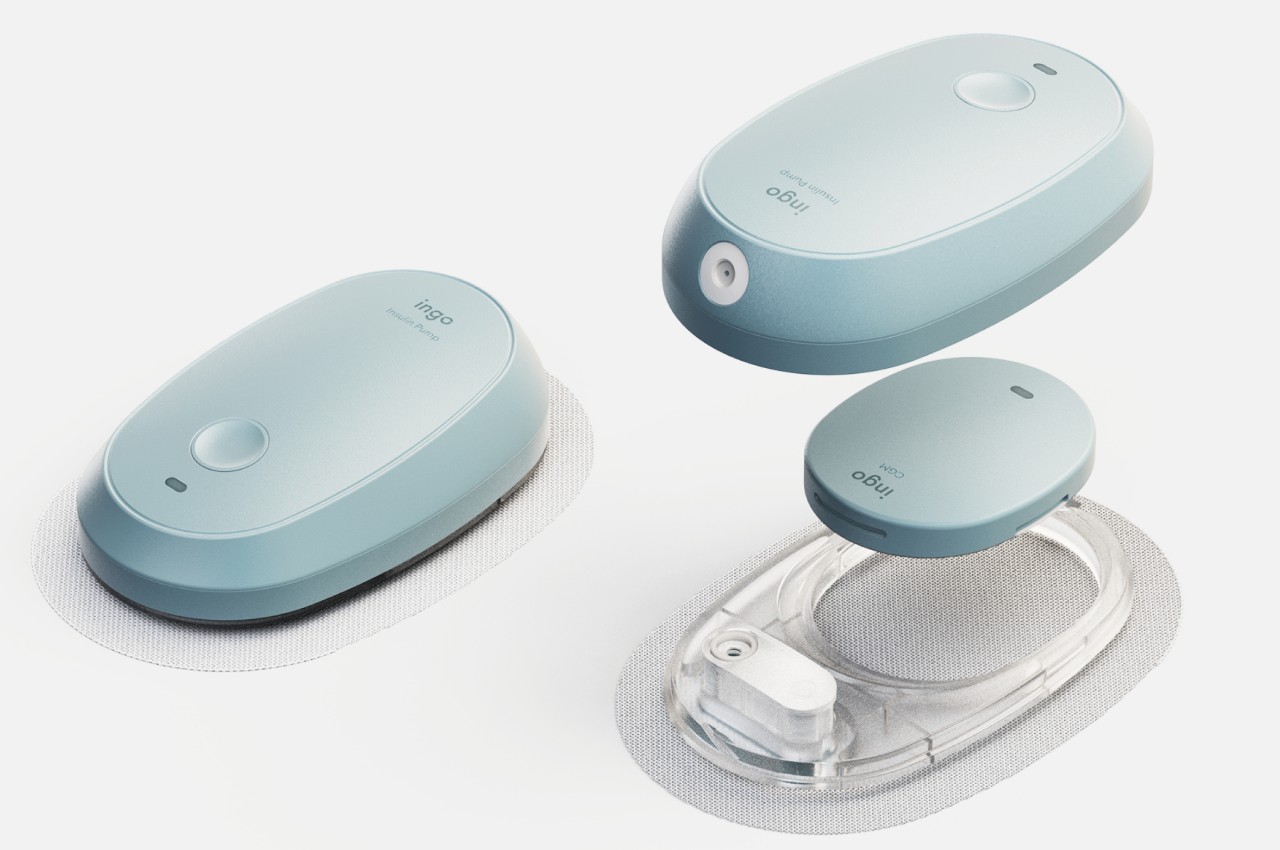
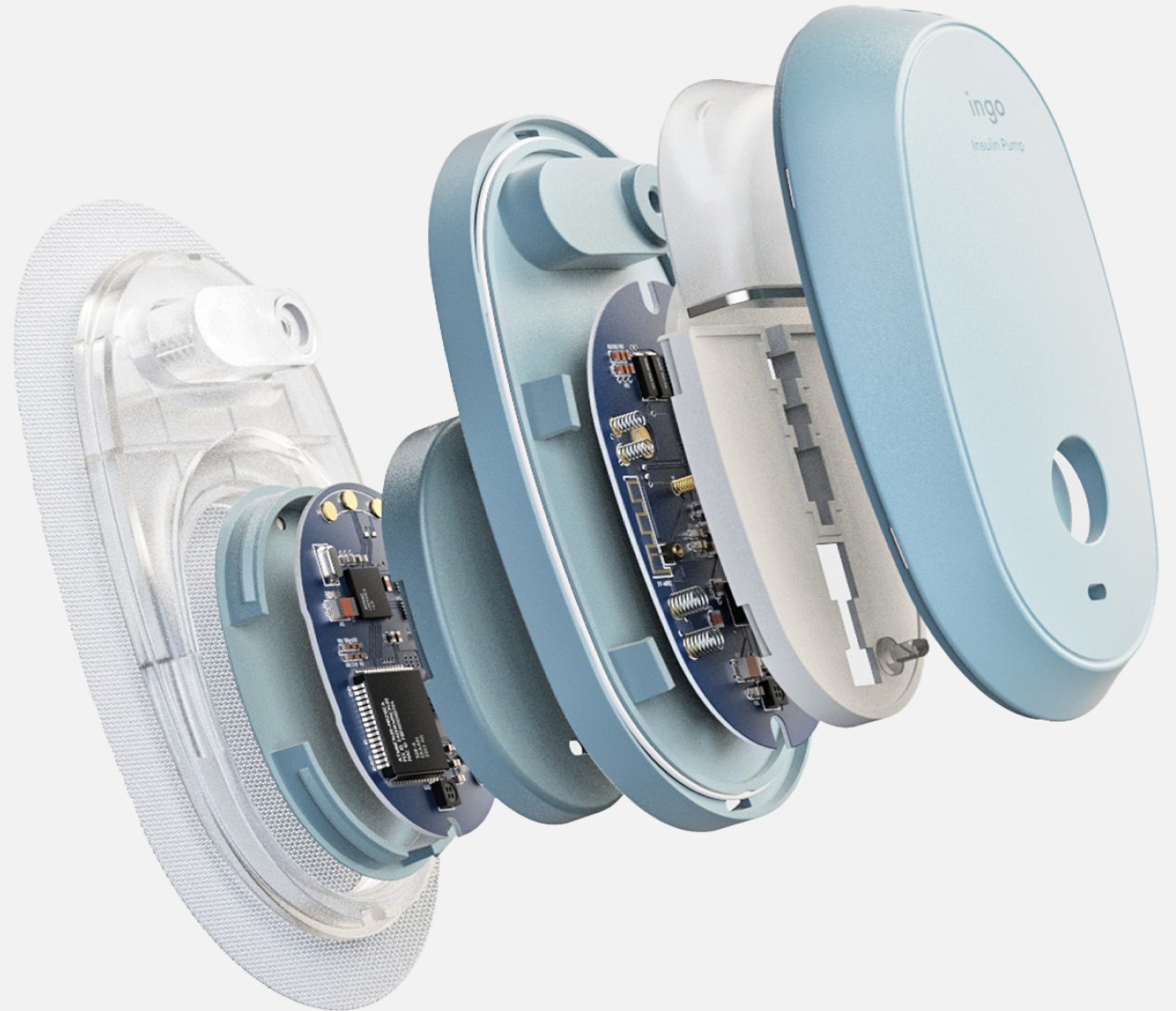
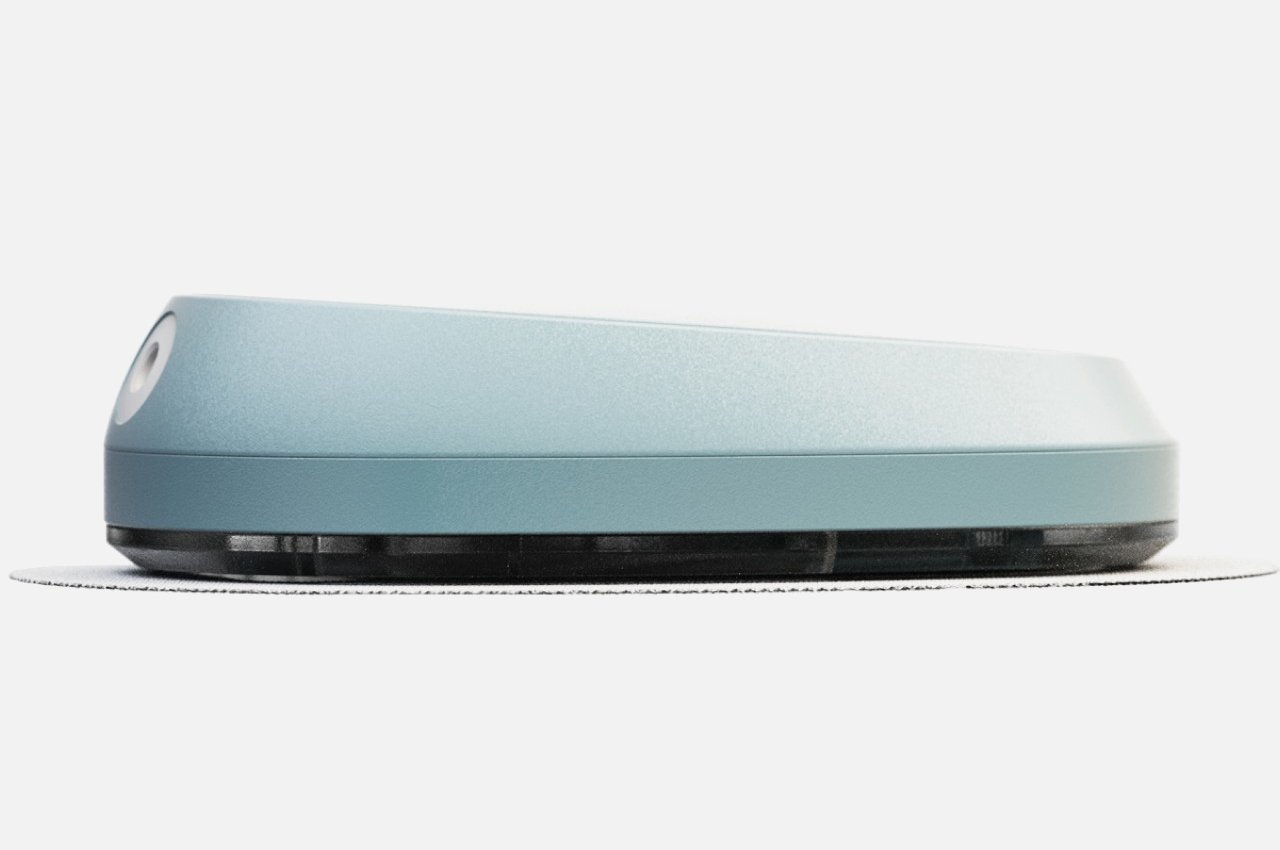
This oval-shaped device combines two critical functions in a single compact design that diabetes patients can discreetly wear on their bodies. Ingo can even have different colors to match skin tones so they won’t stand out as much as more obvious medical devices. There’s also the element of convenience as the device can be easily recharged on a wireless base, while the CGM sensor and pump needle are integrated into the sensor patches that stick over your skin.
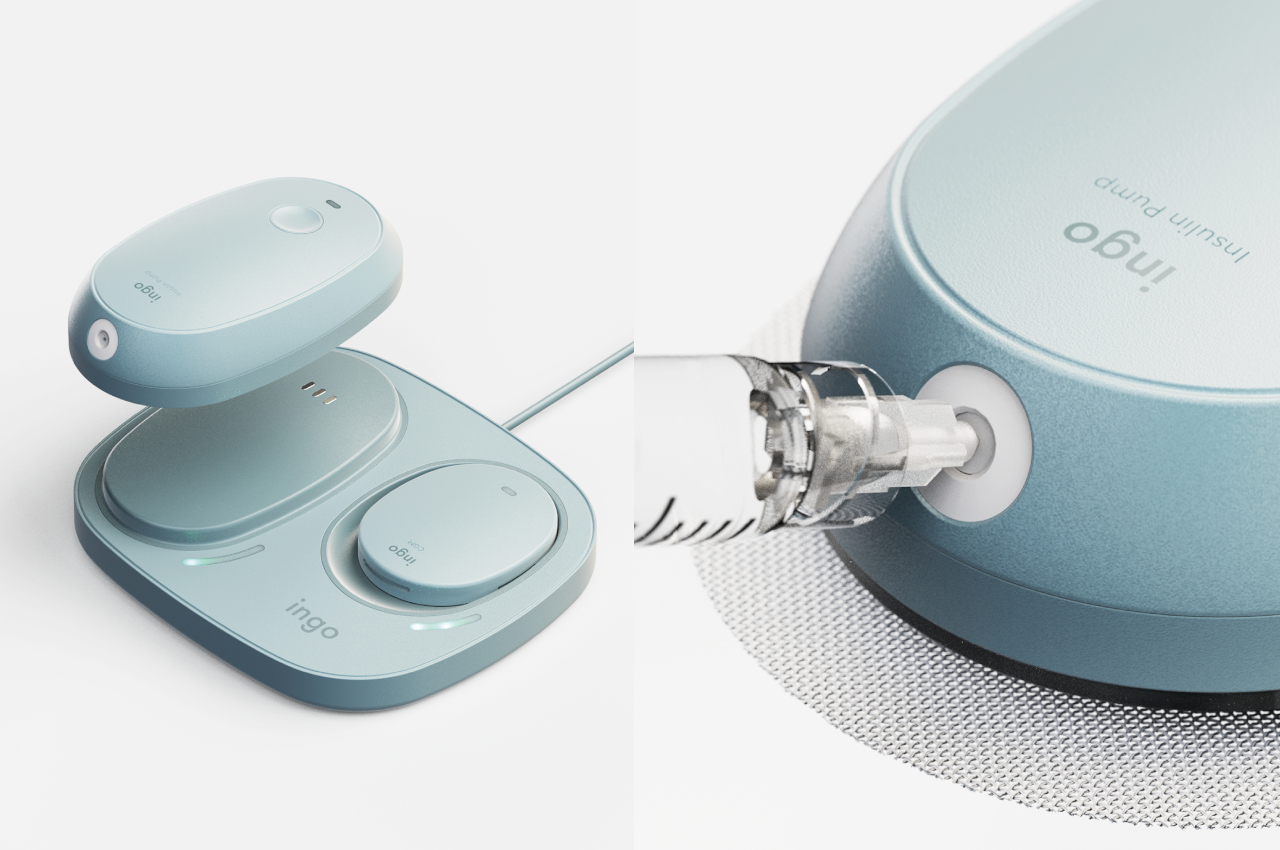
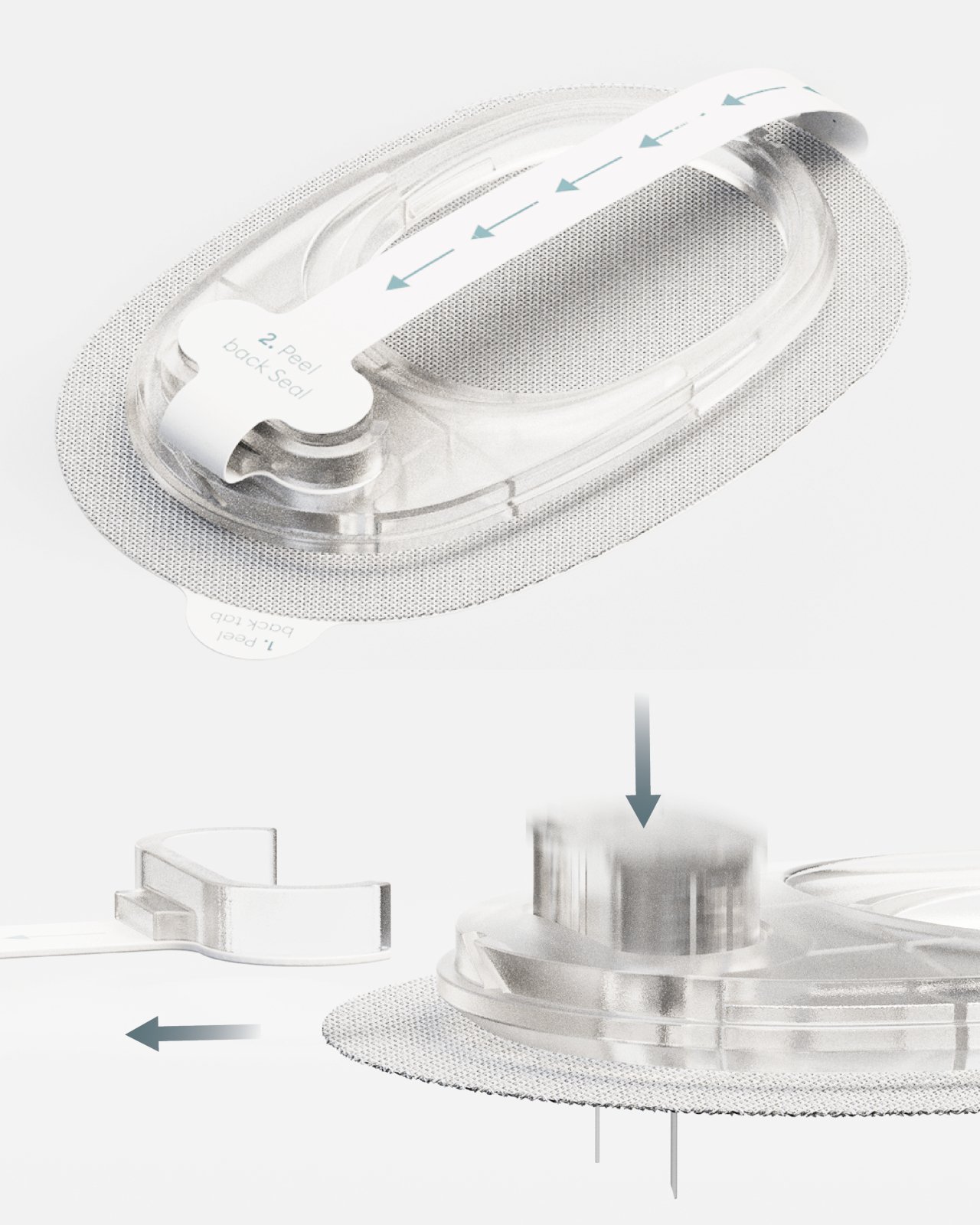
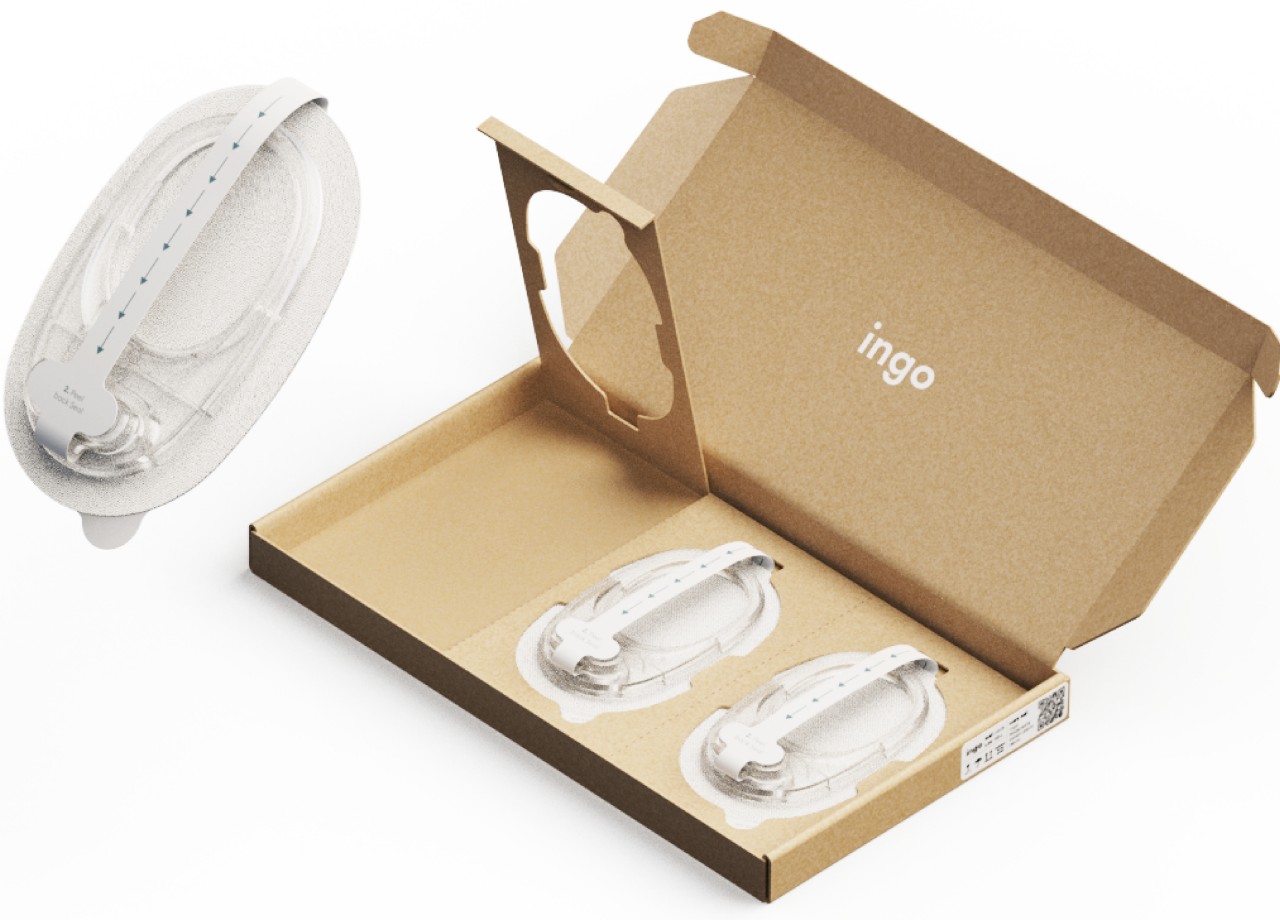
Ingo also differs from existing CGMs and insulin pumps in the way that it tries to reduce the amount of waste as much as possible. Instead of disposable parts, it uses reusable components and recyclable patches, lessening the burden on the environment that these solutions often place on the planet. The rechargeable device and refillable insulin tank also prolong the life of the product or at least those parts that shouldn’t have to be thrown away frequently. Ingo is definitely an interesting proposal for a more humane and more environment-friendly way to keep diabetes patients living healthy and meaningful lives while also taking care of the planet they’re living on.
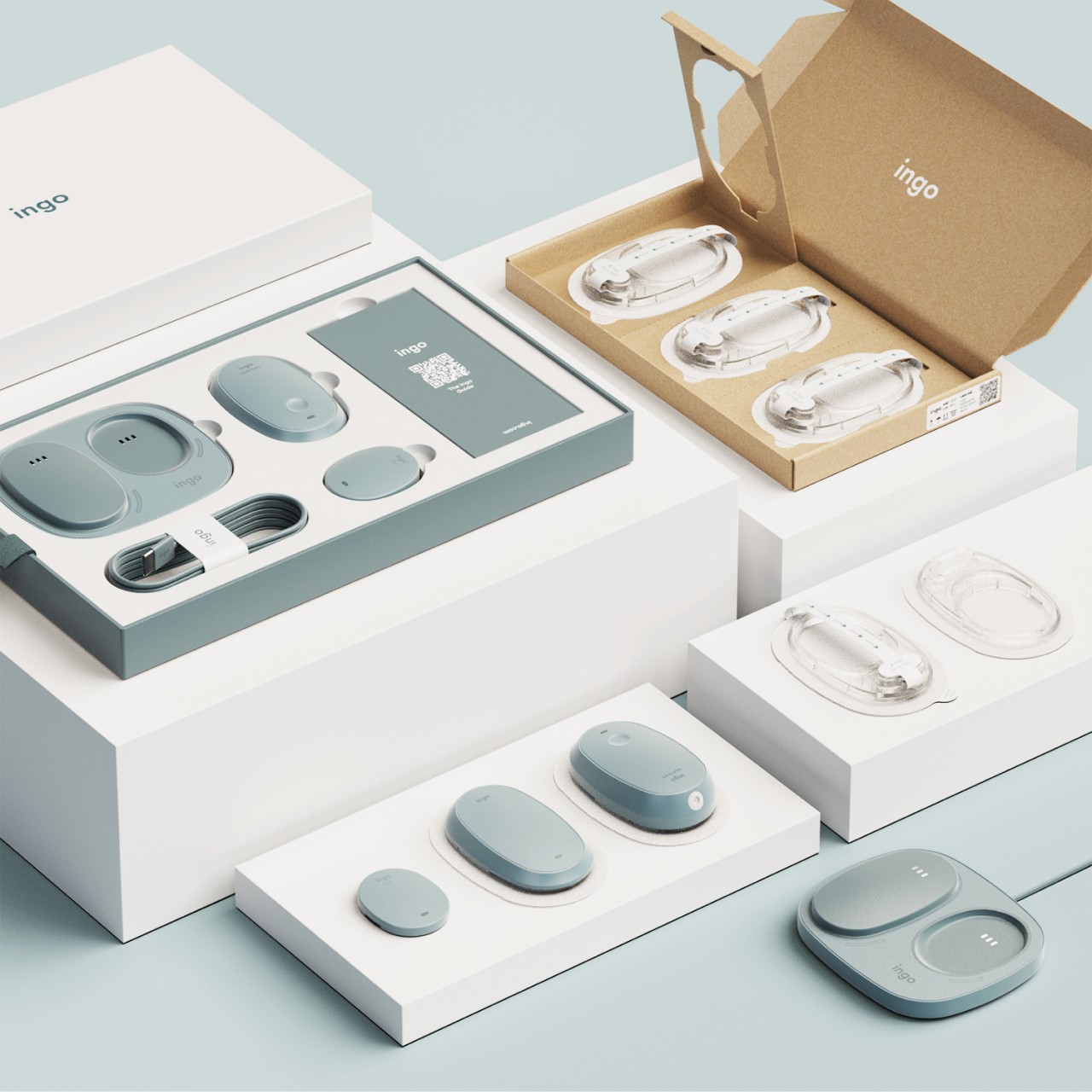
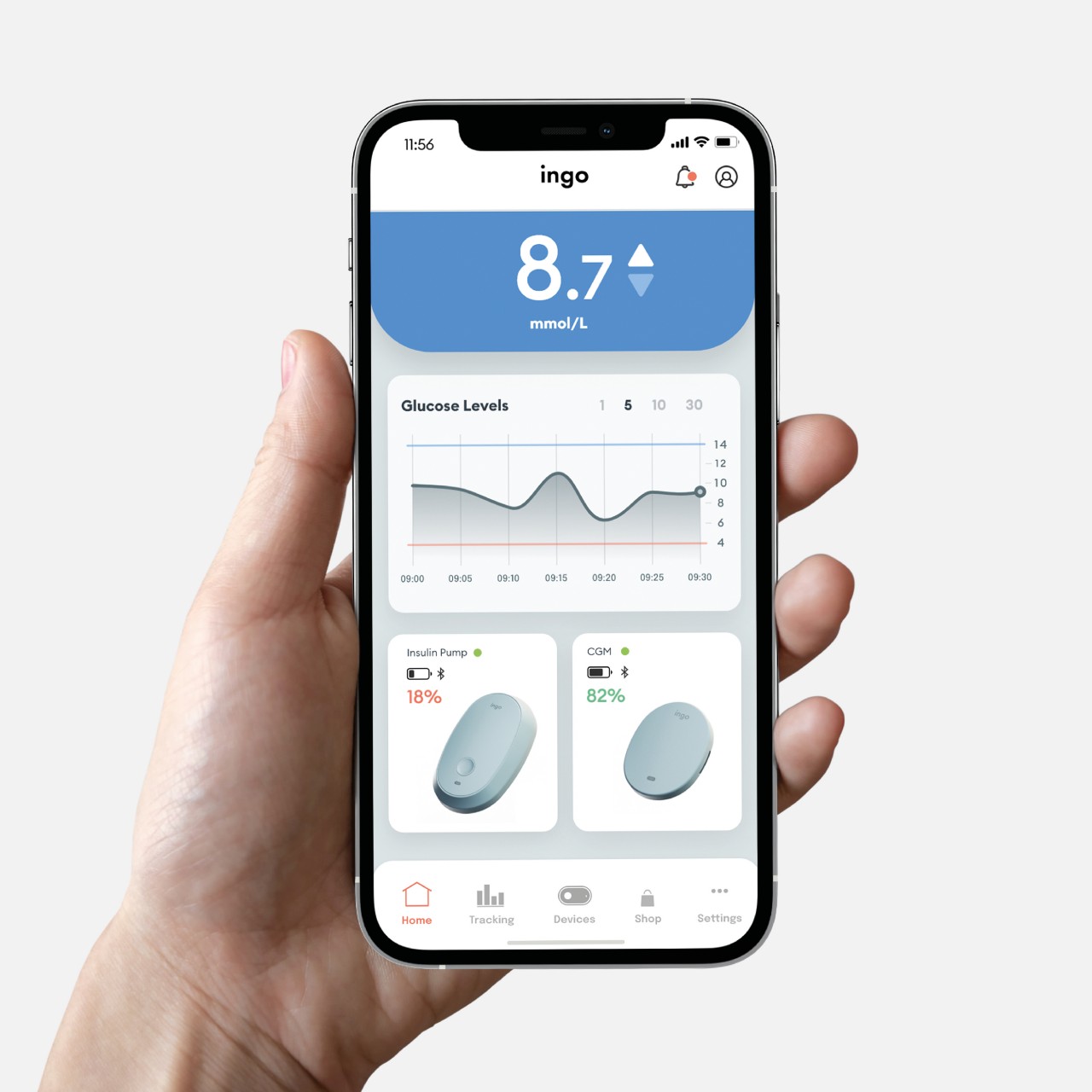
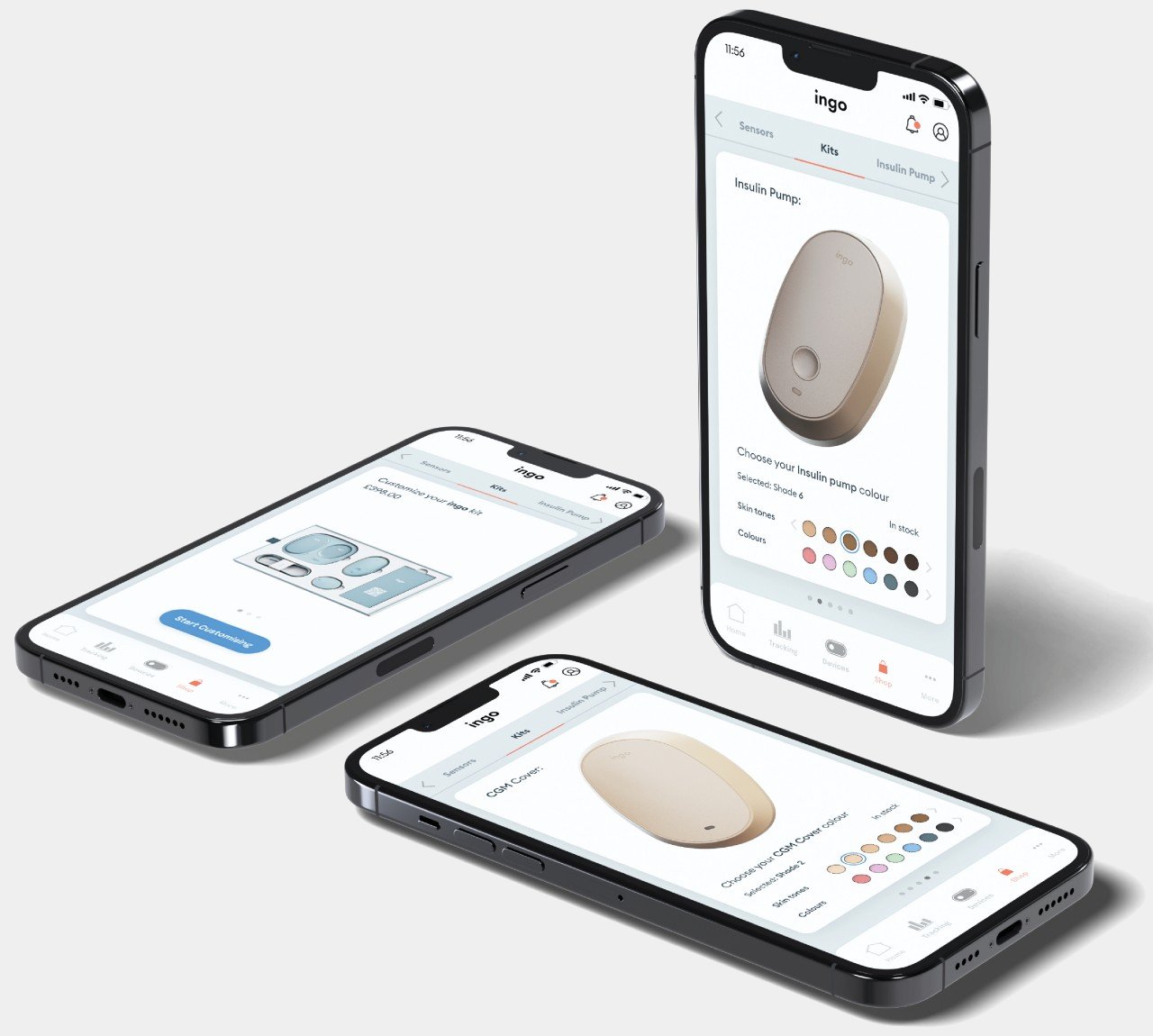
The post Glucose monitor and insulin pump concept is a sustainable way to keep tabs on diabetes first appeared on Yanko Design.

